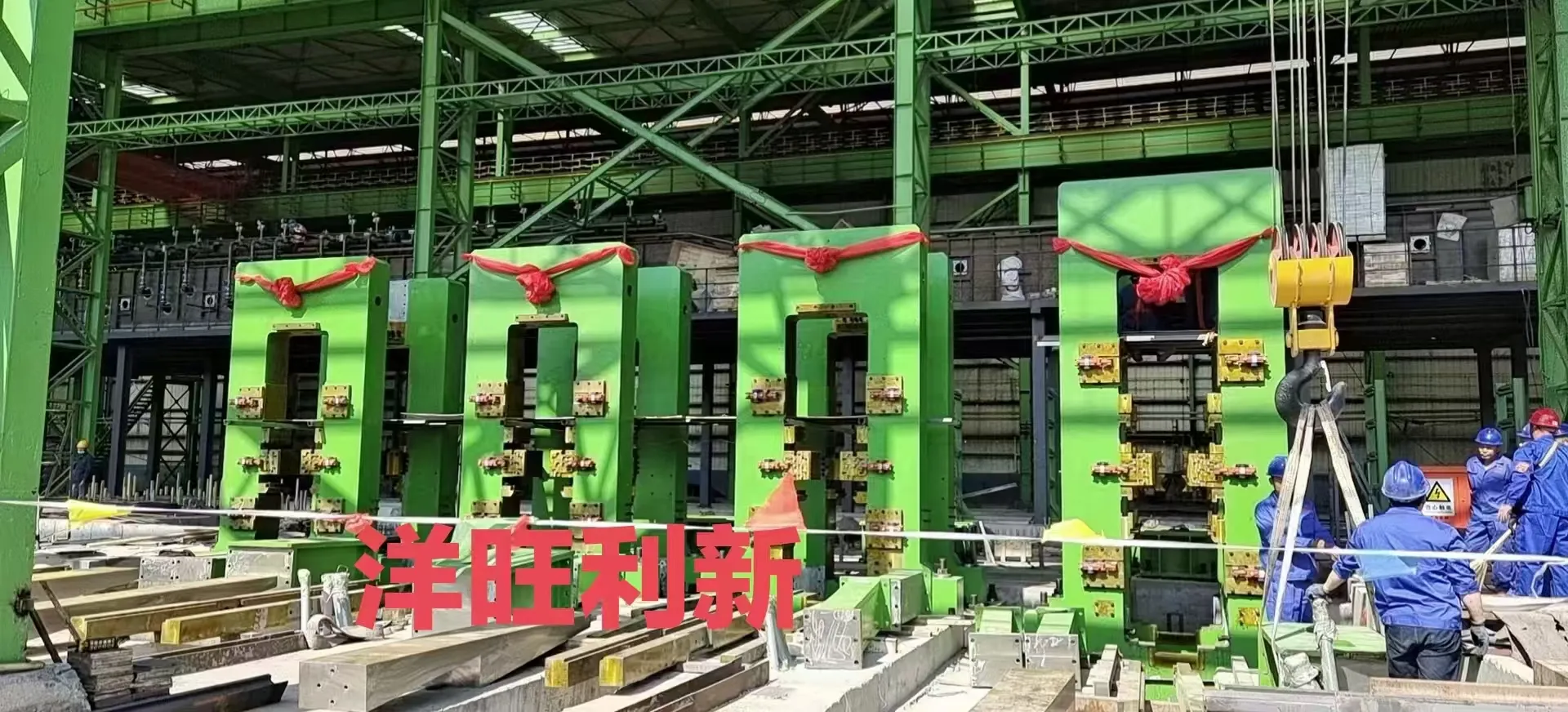
Economic Impact of Hot Rolling Mill
El laminador en caliente represents one of the steel industry's most significant capital investments, reflecting its pivotal role in production economics. A modern hot strip rolling mill capable of producing 5 million tons annually requires investment exceeding $1 billion, underscoring the strategic importance operators place on this process stage. This substantial investment is justified by the hot rolling machine's ability to convert relatively low-value semi-finished steel into higher-margin products with precise dimensional and mechanical properties.

The economic efficiency of hot rolling mill equipment stems from several factors. The continuous processing approach minimizes handling between production steps, reducing labor costs and improving yield. High throughput rates—often exceeding 500 tons per hour—deliver economies of scale that smaller batch processes cannot match. Furthermore, the Laminador de acero en caliente's product diversification capability allows producers to shift output between higher-value products as market conditions change, maximizing revenue potential from fixed assets.
Energy consumption represents another critical economic consideration where hot strip rolling mills demonstrate advantages. While requiring substantial energy to maintain rolling temperatures, modern mills recover and reuse heat from various process streams. Regenerative burner systems in reheating furnaces, heat recovery from descaling water, and waste heat boilers all contribute to reducing net energy demand per ton of product. Advanced laminador en caliente designs now incorporate direct hot charging systems that feed continuously cast slabs into rolling mills while still at high temperatures, eliminating the need for complete reheating and significantly cutting energy use.
Technological Evolution of Hot Rolling Mills
El hot rolling machine has undergone remarkable technological transformation since its early industrial implementations. Nineteenth-century mills relied on manual controls and single-stand reversing configurations, while contemporary hot rolling mill equipment features fully automated, continuous processing lines with sophisticated quality assurance systems. This evolution has been driven by relentless demands for improved productivity, quality consistency, and operational flexibility.
Moderno Laminador de acero en calientes incorporate advanced automation systems that monitor and adjust process parameters in real-time. Computer-controlled hydraulic gap adjustment (HGC) systems maintain precise roll separation with micron-level accuracy, compensating for roll thermal expansion and wear during operation. Sophisticated mathematical models predict force, torque, and temperature distributions through each rolling pass, allowing optimization of reduction schedules for maximum productivity and minimum energy consumption. These control systems have transformed the hot strip rolling mill from a brute-force deformation process into a precision manufacturing operation.
Another significant advancement in laminador en caliente technology involves the development of endless rolling techniques. Traditional mills process discrete slabs with inevitable productivity losses at head and tail ends. Newer configurations weld successive slabs while moving, creating a continuous strip that passes uninterrupted through the entire hot rolling machine. This innovation improves yield by eliminating end crop losses while enabling more stable rolling conditions that enhance product quality consistency throughout the coil length.
-
Indian Clients Visit YWLX to Inspect Skin-pass MillNoticiasJun.22,2025
-
Typical Products from Reversing Cold Rolling ProcessNoticiasMay.26,2025
-
Surface Finish Improvement through Skin Pass RollingNoticiasMay.26,2025
-
Integration of AGC Systems in Modern Cold Rolling MillsNoticiasMay.26,2025
-
Cold Rolling in the Context of High-Strength Steel DemandNoticiasMay.26,2025
-
AGC in Hot Rolling Mills: Challenges and SolutionsNoticiasMay.26,2025
-
Why Reversing Cold Rolling Mills Are Ideal for Specialty MetalsNoticiasMay.13,2025










